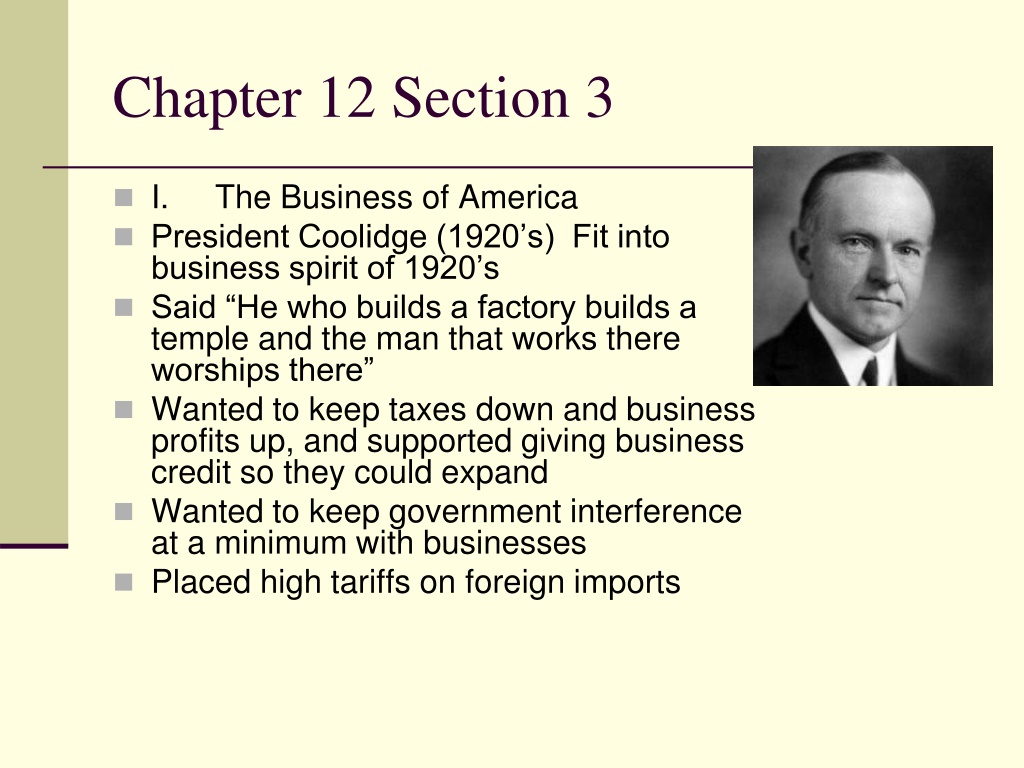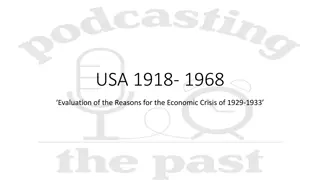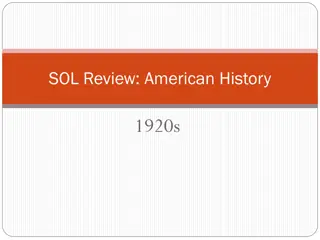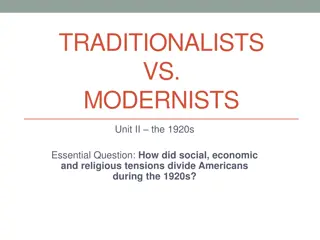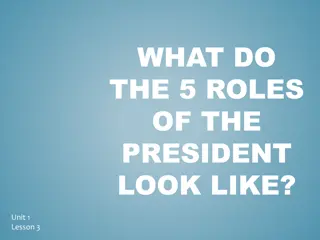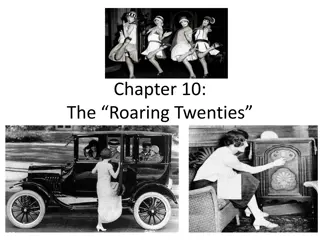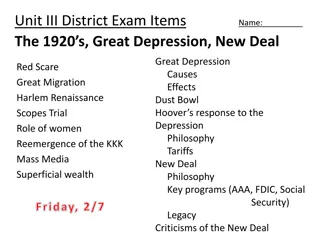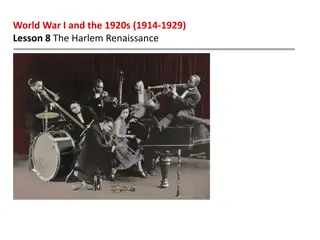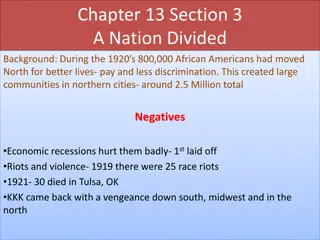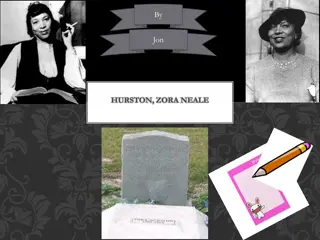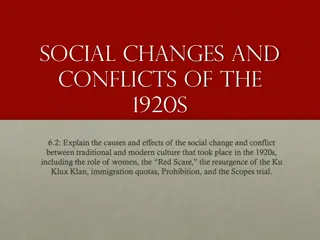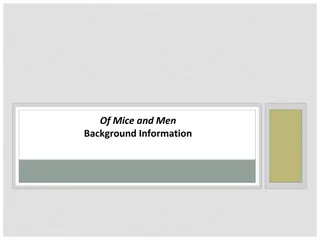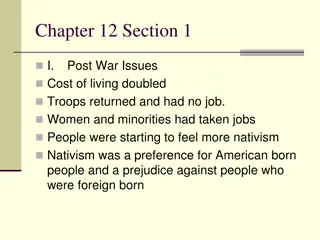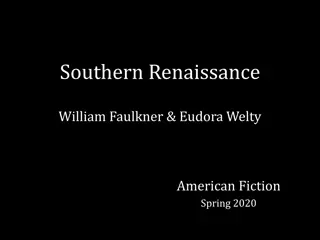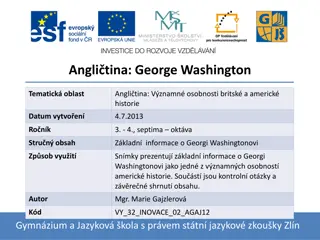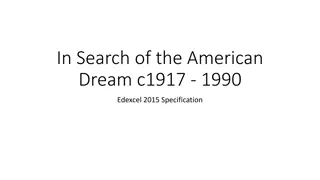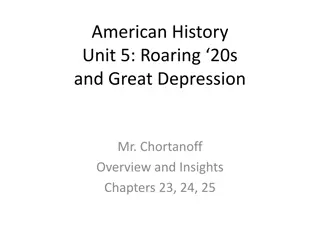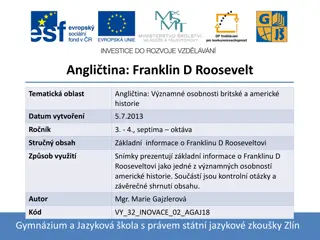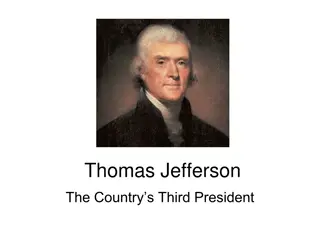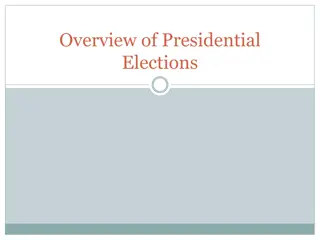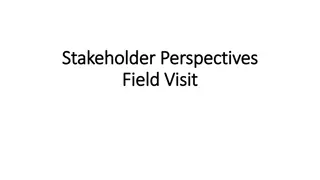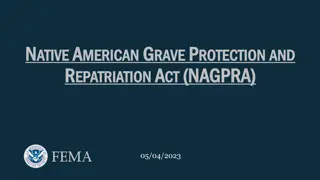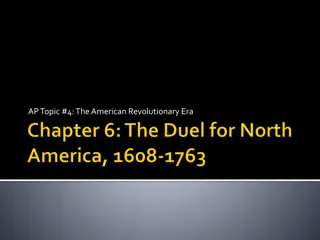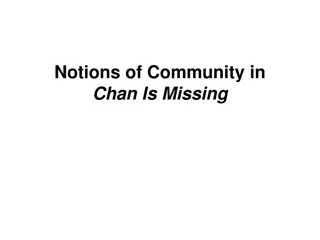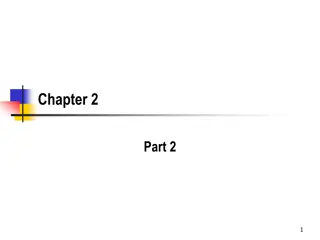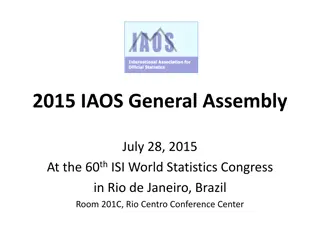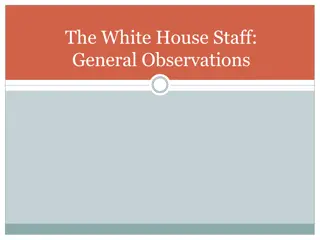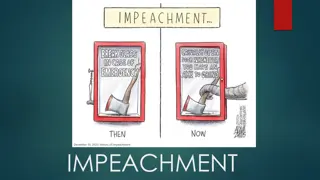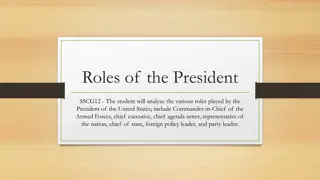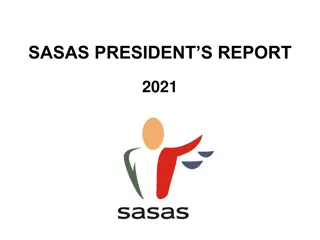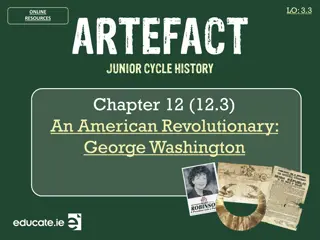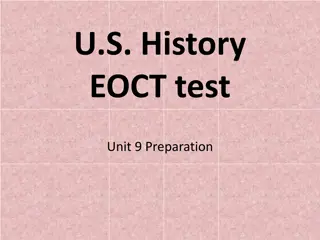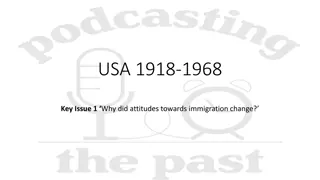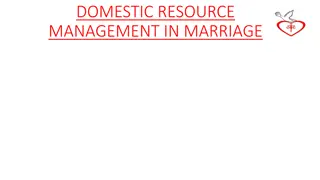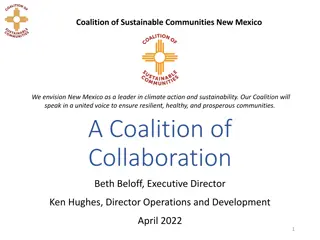The Prosperous 1920s: President Coolidge and the Changing American Landscape
President Coolidge, in the spirit of the 1920s, aimed to support business growth by keeping taxes low and profits high while minimizing government interference. The decade witnessed the rise of automobiles, transforming the American landscape with paved roads like Route 66, leading to urban sprawl. The era was marked by economic prosperity, with Americans owning a significant portion of global wealth. However, it also saw income disparities, the introduction of installment plans, and a booming advertising industry, setting the stage for the Great Depression.
Download Presentation

Please find below an Image/Link to download the presentation.
The content on the website is provided AS IS for your information and personal use only. It may not be sold, licensed, or shared on other websites without obtaining consent from the author. Download presentation by click this link. If you encounter any issues during the download, it is possible that the publisher has removed the file from their server.
E N D
Presentation Transcript
Chapter 12 Section 3 I. President Coolidge (1920 s) Fit into business spirit of 1920 s Said He who builds a factory builds a temple and the man that works there worships there Wanted to keep taxes down and business profits up, and supported giving business credit so they could expand Wanted to keep government interference at a minimum with businesses Placed high tariffs on foreign imports The Business of America
Chapter 12 Section 3 Automobile changed American landscape. Led to construction of paved roads. (Could drive in all weather) Route 66 could drive west from Chicago to California Many settled in towns along the route Houses now were built with garages or driveways Gasoline stations, repair shops etc sprung up
Chapter 12 Section 3 Rural families could now travel to the city Urban Sprawl and it drew people to oil states Status symbol (by late 1920 s around 80% of all vehicles were in U.S. 1 automobile for every 5 people
Chapter 12 Section Trimotor plane made by Henry Ford in 1926 1927 Lockheed Company produced Vega which was a single engine plane 1927 Pan American Airways first transatlantic passenger flights
Chapter 12 Section 3 1920 s very prosperous, American s owned around 40% of worlds wealth Average income rose 35% in 20 s from $522 to $705 Gasoline powered much of the economy and electricity transformed the nation Electricity was able to reach suburbs, but most farms still lacked power Businesses searched for new ways to advertise (came up with slogans) People believed prosperity would go on forever
Chapter 12 Section 3 Lots of mergers with companies, chain stores sprouted Income gap between workers and management became larger and obvious Farms suffered losses Installment plans introduced through banks which allowed Americans to focus on present and not the future and threw caution to the wind There was little warning of what was to come, which was the depression
Chapter 12 Section 3 Quiz 1.) Name one president during the 1920 s. a.) Calvin Coolidge b.) Ulysses S. Grant c.) Abraham Lincoln 6.) During the 1920 s, America was ____? a.) Very prosperous b.) Not doing very well c.) Facing the fact it may become a third world country 2.) Finish the quote He who builds a factory, builds a ______ ? a.) House b.) Palace c.) Temple 7.) Name the famous route that was built that connected from Chicago to California? a.) Route 44 b.) Route 33 c.) Route 66 3.) What did president Coolidge think about the government and business? a.) He wanted a lot of government interference in business b.) He did not want a lot of government interference in business c.) He believed business and government go hand in hand 8.) When was the first Transatlantic flight? a.) 1927 b.) 1937 c.) 1907 9.) What product began to fuel the economy? a.) Horse Saddles b.) Gasoline c,.) Television sales 4.) What kind of tariffs were placed on foreign imports? a.) High Tariffs b.) Tariffs were not placed on foreign imports c.) Low 10.) Name a new way in which Americans began to buy things? a.) Through trade b.) Through Credit and installment plans c.) Writing checks 5.) Name one invention that changed the American landscape during this period? a.) Television b.) Automobile c.) Internet
